Windy day winter sky art is an easy STEAM experiment, watercolor painting idea, and art project for kids (or adults) that makes learning about watercolor resist mediums and techniques fun.
Creating windy day winter sky art is a fun watercolor painting idea and an easy STEAM experiment that can help children and adults learn about the science of watercolor resist techniques. Working with glue, crayons, pastels, and other types of watercolor-resist mediums will create different effects when combined with watercolor paints to create art.
Scroll down to learn how to paint windy winter art and try this fun, and educational, watercolor art project and science experiment for kids. Toddlers, preschoolers, kindergarteners, elementary-aged kids, teens, and even adults can paint winter sky art to learn more about the science of watercolor resistance. You might also enjoy making Shadow Art.
Windy Day Winter Sky Art: STEAM Project for Kids
This science project for kids is simple, create windy day winter sky art as a fun and easy way to experiment with watercolors using different resist mediums. Creating windy day art in this way makes this activity an easy STEAM project for kids.
My daughter and I painted a landscape with snowy alpine trees with white glue as the resist medium. It turned out beautifully–but not exactly as we expected. Because when we painted over the glue with liquid watercolors, it did not resist the paint as well as we thought it would. Instead, it created a gorgeous textured effect.
The textured effect it created is lovely for some watercolor art projects and painting ideas, but if you want the resist medium to stay white when painted over with watercolors–it’s not ideal. So, we decided to do a STEAM experiment with a few different types of watercolor resist mediums to find out why.
First, gather the watercolor art supplies you would like to paint with from the list of winter sky art supplies below. Next, scroll down to learn how to do this fun science experiment at home or in the classroom with the step-by-step instructions below!
Related: Tons of Fun Art and Craft Ideas for Kids
Winter Sky Art Supplies for STEAM Experiment
- White glue and/or white crayons, or white oil pastel. Or, try another resist medium such as another color of crayon (or oil pastel) rubber cement, painter’s tape, glue from a glue gun, or black glue.
- Watercolor paper
- Flat wash watercolor paint brush
- Stockmar watercolors or liquid watercolor paints
- Recycled or reusable glass baby food jars (We made our own baby food so we turned these baby food containers into our watercolor dishes. They work really well because you can put the lids on to use the paint again later. You can also use an ice cube tray or muffin tin.)
- Rag
- Glass or mason jar for water
- Salt (optional)
Related: Black Glue Rose Watercolor Resist Art Project
Watercolor Resist Painting STEAM Experiment and Art Project
Choose at least two different types of resist mediums to do this STEAM experiment with watercolor paints. We used white glue, white crayon, and white oil pastel. but you can also try this watercolor painting experiment with black glue, painter’s tape, rubber cement, or another type of watercolor resist medium.
Produce the same experiment we did in the photographs with the step-by-step instructions below–or make slight adjustments to it based on your intentions or needs. And, feel free to substitute any type of watercolor resist medium you would like to test. Science is fun when art is involved, and that makes this a great STEAM activity and experiment for kids of all ages. You might also enjoy painting watercolor roses with a black watercolor resist medium.
1. Draw winter sky wind swirls to create winter sky art with at least two different types of watercolor resist medium.
- Use resist medium to draw winter sky swirls to create windy day art on a sheet of watercolor paper or heavyweight cardstock using a watercolor resist medium.
- Or, use a resist medium to draw anything you like–test, experiment, and have fun!
- Make sure to create each drawing on a new sheet of watercolor paper or heavyweight cardstock to test each watercolor resist medium separately.
- We used white glue, white oil pastel, and a white beeswax crayon to create the winter sky art shown in the photographs.
- If you use glue, make sure to allow plenty of time for the white glue to completely dry before painting over it with watercolors.
2. Set up an area to paint winter sky art.
- Prepare to paint windy day winter sky art and conduct a watercolor resist science experiment. Follow the steps below for each artist painting winter sky art.
- Use a watercolor pallet, or put Stockmar watercolor paints, or liquid watercolor paints, into baby food jars diluted with water.
- Place a glass of water on the table for rinsing the paintbrush.
- Put a flat-wash watercolor paintbrush on a dry rag, and a damp sponge nearby.
- The glass of water is for rinsing the paintbrush in between watercolor paint colors, and the rag is for wiping the brush on before dipping it into the next color after dipping it into the water.
3. Use Watercolor paint to paint over the wind swirl drawings to test each watercolor resist medium and create winter sky art.
- Before painting, ask children to come up with a hypothesis of what they think will happen, or what they think they will discover as a result of this fun STEAM experiment for kids.
- Then paint each drawing to test each watercolor resist medium.
- In other words, use watercolors to paint on top of and around each winter sky drawing to see if there are any differences between the different watercolor resist mediums.
3. Sprinkle salt on each winter sky watercolor painting (optional).
- To sprinkle a little more science into the mix, my daughter shook salt on each of her watercolor paintings while they were still wet.
- If you’d like to try this winter sky art option, simply sprinkle salt on each winter sky painting before it dries to create another beautiful art effect that will surprise young artists. Isn’t science fun?
Related: The Best Art Supplies for Kids and Why Young Artists Should Use Them
Winter Sky Watercolor Painting Experiment Results
Investigate and observe differences in the resist mediums as they are painted, and after they dry with this fun winter sky art project and STEAM experiment for kids. And to make it even more fun, sprinkle salt over your paintings to see what happens! You might also enjoy this list of winter art projects.
The photographs of my daughter’s watercolor winter sky paintings below show the results of our science experiment. Scroll down to see her beautiful works of art. She painted three similar windy day drawings with white glue, white crayon, and white oil pastel as the resist mediums to create three separate winter sky art paintings.
Crayon Resist with Salt Watercolor Winter Sky Art
The photograph below shows what a white crayon looks like when painted with liquid watercolors and then sprinkled with salt.
Pastel Resist with Salt Watercolor Winter Sky Art
The photograph below shows what white pastel windy day art looks like when painted with blue watercolor paint and sprinkled with salt.
Glue Resist with Salt Watercolor winter Sky Art
The photograph below shows what white glue wind swirls look like when painted with liquid watercolors and sprinkled with salt.
Related: Winter Tree Black Glue Watercolor Resist Art
Science Experiment with Watercolor Reist Mediums: Questions to consider
When children finish painting their windy day drawings to create winter sky art, ask them the following questions to help them learn more about the science of watercolor resistance:
- Which watercolor resist medium did you like working with best and why?
- Do you think any of them work better than others, why or why not?
- Which resist medium do you think resisted the watercolor best and why?
- Can you come up with a hypothesis of what happened and or how it happened and why?
- Would your choice of resist medium change based on the type of art project you are working on? Why or why not?
- Can you think of any other materials or art supplies that you could use as a resist medium for art projects?
Related: The Best Winter Art Projects for Kids
Watercolor Painting STEAM Experiment Conclusions
As mentioned above, we painted white glue to make snowy alpine trees in an earlier project. But because we wanted them to stay white, we learned that you have to paint around white glue (not over it) if you want it to remain white. But this is not easy for most artists, especially young children like mine, nor is it desirable. So I created this fun watercolor science experiment for my daughter to find out why.
The Science of Watercolor resist mediums
As a result of this STEAM experiment, we discovered a few different types of watercolor resist mediums that would work better to produce the watercolor art effects we wanted. Prior to this watercolor science experiment, we learned that white glue does not resist the liquid watercolors to leave the area white. But after doing this STEAM activity we discovered that both white crayons and white oil pastels could resist the watercolors and leave the windy day art or drawing white.
Why did the white crayon and white oil pastel resist the watercolor paint while the white glue did not?
The answer is simple science. Oil and water do not mix. When you paint over the oily wax crayon or oil pastel, the water repels the paint, and the area stays white. White glue absorbs the paint because it contains water and absorbs the color. Mystery solved!
Encourage Children To Ask and Answer Questions
My daughter wondered why the pastel and crayon did not show up like clear lines, so we talked about the texture of the watercolor paper that we used and how a smoother piece of paper like cardstock might produce a softer line.
Next, we wondered about other resist art techniques. Would the glue from a glue gun resist watercolor paint better? Why or why not? What about painter’s tape and rubber cement? Will they resist watercolor paint? Why or why not? Give it a try to find out!
Salt and Watercolor Paint
What about the salt? How and why did it produce the fun-spotted snowflake effect? The answer is also simple science. The salt absorbed the water and repelled the pigment. You see–science is fun!
Black Glue Watercolor Resist Art Projects
If you like working with resist mediums, you may also enjoy painting black glue watercolor resist art. Click on any of the projects below to learn more about them:
- Winter Tree Black Glue Watercolor Resist Art
- Rose Black Glue Resist Art Project
- Under the Sea Black Glue Watercolor Resist Art Projects
- Starfish Black Glue Resist Art Project
- Fall Leaves Black Glue Watercolor Resist Art Project
You might also enjoy this list of fun Winter Art Projects and this collection of Art & Craft Ideas. Learn more about Rhythms of Play HERE!
If you enjoyed painting winter sky art, You may also like:
More Fun Art Projects for Kids:
- Christmas Art Projects and Painting Ideas
- Best Winter Art Projects
- Heart Art Painting Ideas
- Rainbow Art and Craft Ideas
- St Patrick’s Day Art Projects and Painting Ideas
- Flower Art Projects and Painting Ideas
- Easter Art Projects and Painting Ideas
- Fall Art Projects and Autumn Painting Ideas
- Halloween Art Projects and Painting Ideas

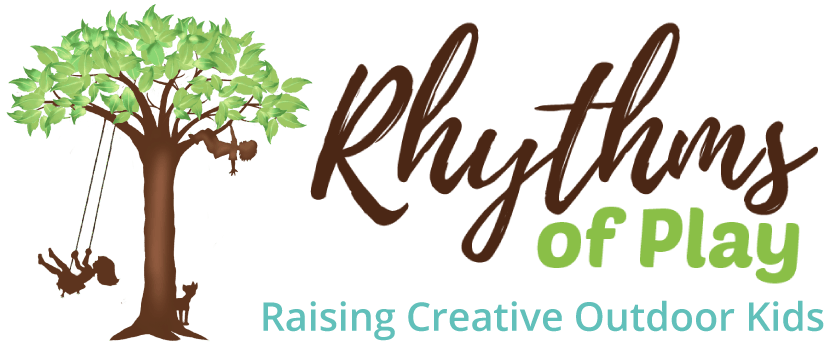
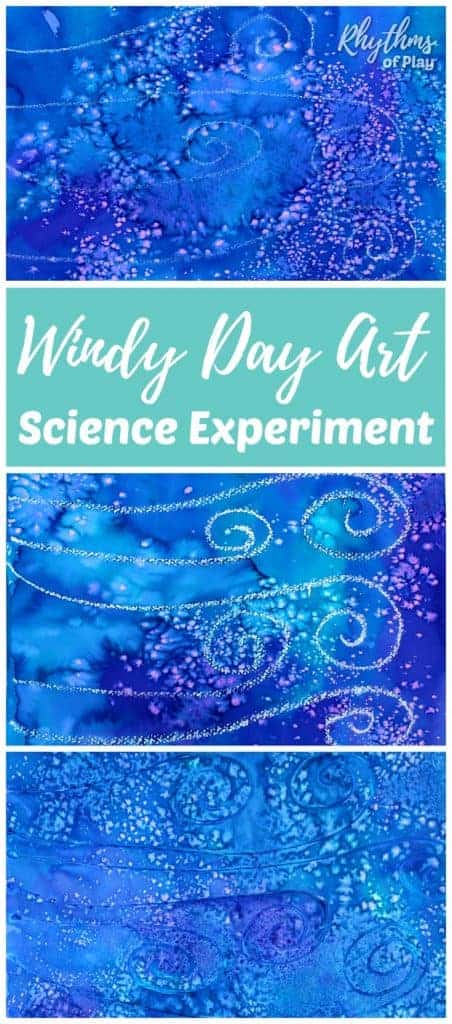
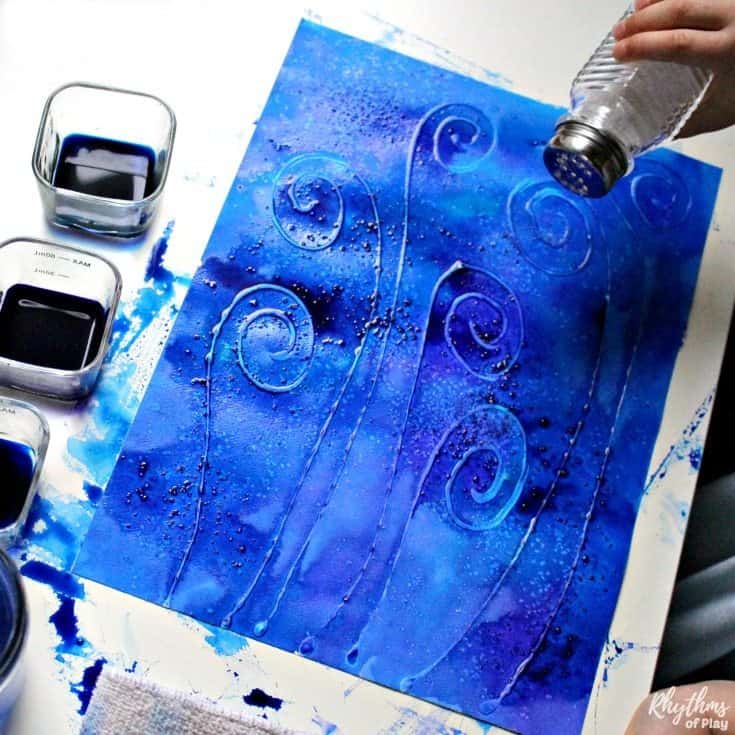
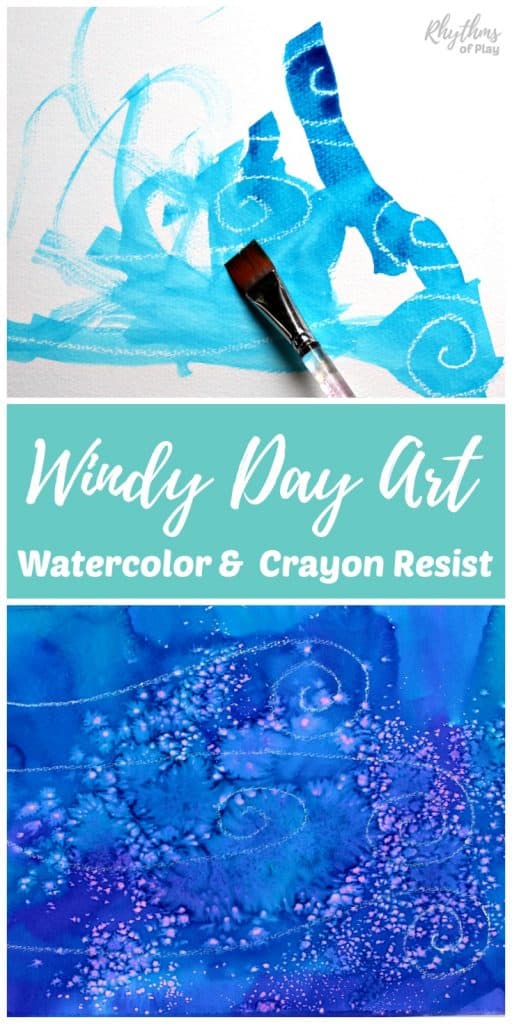
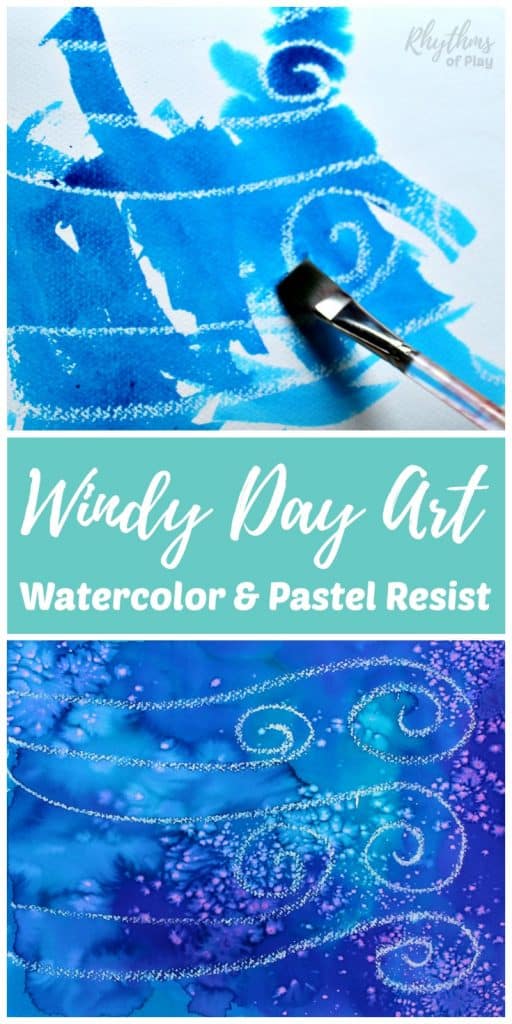

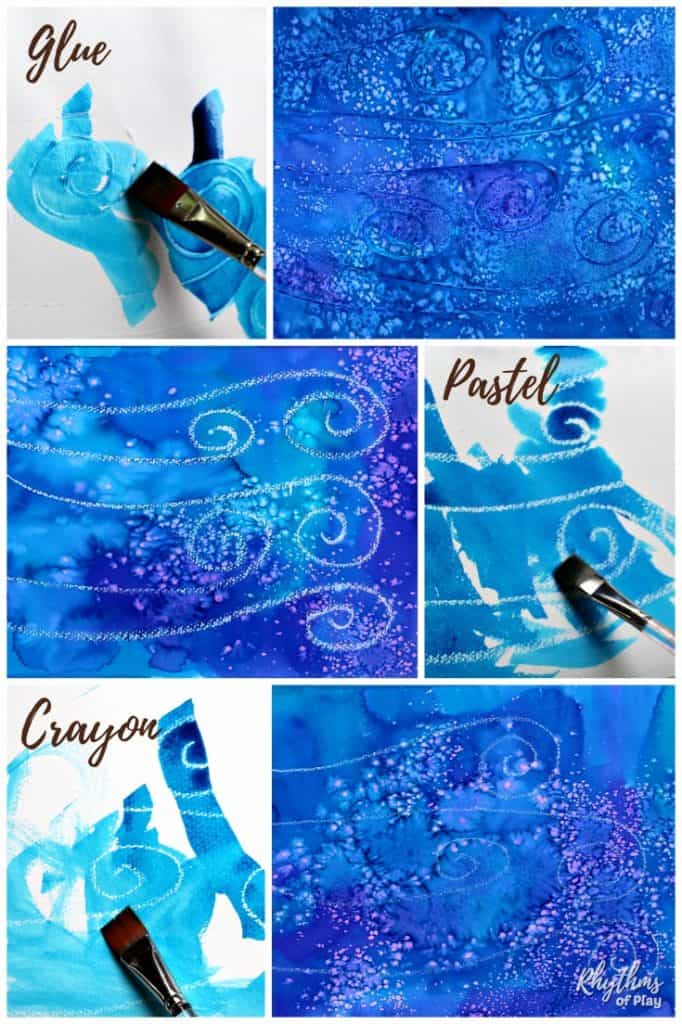


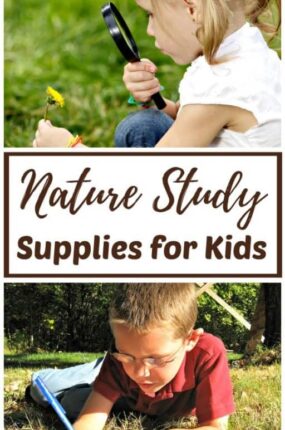

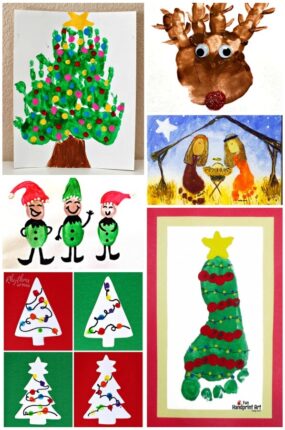

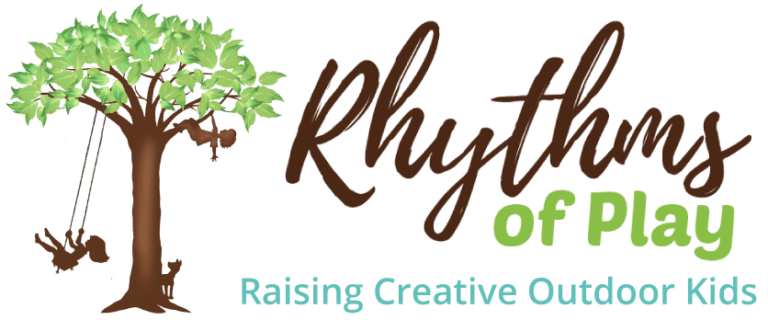
Leave a Comment